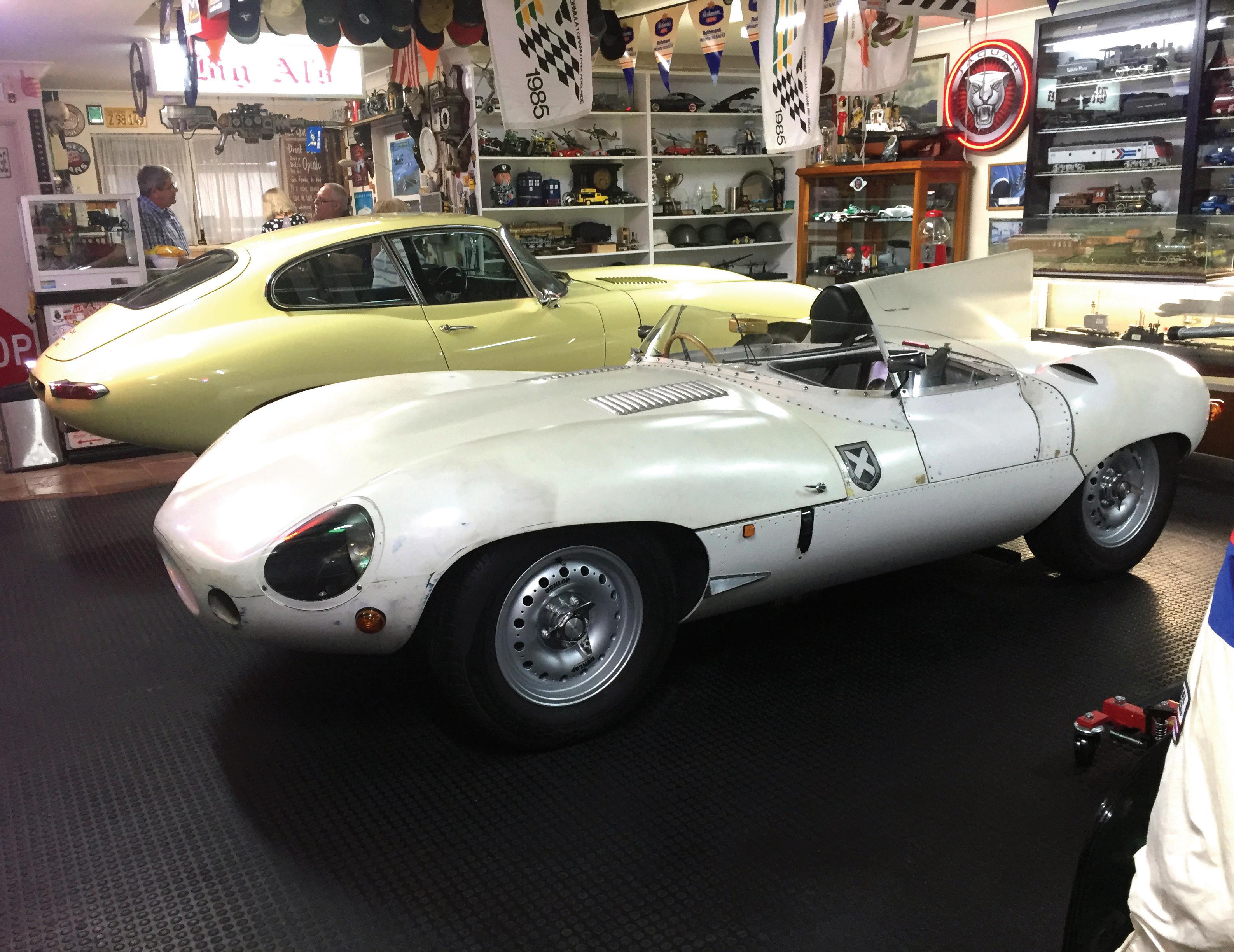
3 minute read
Second Hand Car Prices Falling
Late last year (2021), Savvy’s Car Ownership Costs Report found that used car prices peaked in July 2021 and that they had jumped to 37 per cent above the pre-pandemic high in February 2020; while new car sales had fallen by 15.3 per cent over the previous year (2020) with new-car buyers having to wait up to 12 months for some models. In 2020/21, with fewer new cars available, buyers turned to the used car market. Also, the lack of new-car sales meant fewer vehicles were being traded in or privately re-sold, further driving up prices. At the height of the market, fiveyear-old cars were selling for thousands of dollars more than they cost new. Now in 2022, second hand vehicle prices have fallen for four consecutive months, with predictions of further drops for the remainder of the year, due in part to rising interest rates. From August to September 2022, prices declined on average 1.1 per cent, according to Moody’s Analytics. It comes following an increase in supply of new vehicles as a semiconductor shortage, which impacted production rates, begins to ease. If demand wanes due to rising interest rates, used vehicle prices could go down more steeply, Moody’s Analytics added. Spending on new motor vehicle climbed six per cent in September, following a 14 per cent gain in August. “The gains in the motor vehicle index provides some relief for the industry, as global supply chain issues begin to resolve,” CommBank chief economist Stephen Halmarick said. “The improvement follows the strength seen in August, with additional deliveries of vehicles coming into Australia.” However, the devastating floods in Queensland, New South Wales and Victoria have so far seen around 22,000 cars written off, forcing more people to try and buy vehicles in an already under supplied market. Despite the gradual price slowdown in the used car market, it’s unlikely used-car prices will snap back to pre-pandemic levels any time soon with used-vehicle prices expected to move sideways until midway through 2023 when the newvehicle market’s supply-chain issues have finally been worked out. .
Information for this story from News.com and CarExpert.
Editor: In late 2019 (pre-Covid) there were just over 2,000 used Jaguars for sale on CarSales. By late 2021 there were barely 700 for sale. There are now over 800 for sale, together with a slight fall in prices from their high in July 2021.
FIA Formula E ‘Gen 3’ / 2022-23 Calendar (Indonesia)
2022/23 Calendar
Cape Town joins Hyderabad, India, and Sao Paulo, Brazil, as new cities scheduled to hold races in Season 9 of the ABB FIA Formula E World Championship, which opens in Mexico City on 14 January 2023.
For Australian fans, Jakarta, Indonesia is the closest location to see the doubleheader race weekend. (June 1 -4).
Locations for Rounds 10 and 13 in the 17-race season are being finalised and will be announced at a later date.
What is a Gen3 Formula E Racecar?
The inaugural Formula E race was held in Beijing in September 2014 using a design referred to as a “Gen1” car. The second-generation (“Gen2”) car was introduced in the 2018/19 season and featured significant technological advances over the “Gen1” design. The third-generation Gen3 Formula E car was unveiled to the public at the 2022 Monaco ePrix, for use in the ninth Formula E season (2022–23). The Gen 3 car is a very different beast. It is lighter, shorter, narrower and quicker than its predecessor. It has no rear hydraulic brakes and uses regenerative brake-by-wire technology to stop. The cars are all fitted with both a front and rear MGU (Motor Generator Unit) powertrain. The front MGU is capable of being used for traction purposes, but for 2022/23, it will only be available for regenerative power. Another big change is the ‘new’ lightweight battery (285kg compared to ‘Gen2” 385kg). The battery will also be able to handle ultra-high-speed charging up to 600kW (double the most advanced commercial chargers in the world). This will allow pitstop recharging into the championship for the very first time. The front wheels and tyres are now required to be open and no longer enclosed. This will significantly change the aerodynamics of the cars. Jaguar TCS Racing will be competing with Drivers Mitch Evans and Sam Bird. To watch the 1 minute video of the Jaguar I-TYPE development car in action go to: Jaguar Formula E .
Information for this story from Jaguar TCS Racing, ABB Formula E and Racecar Engineering.

Click to view E-Type 6-cylinder parts Catalogue











